Wiggle & Woof

Wiggle & Woof About: Wiggle & Woof is a globally-inspired pet brand that collaborates with artisans to develop contemporary products for dogs and their humans. By supporting our shop you help provide economic support to female artisans as well as local animal shelters. Instagram: @wiggle.and.woof Wiggle & Woof will be at the Holiday Arts Festival […]
Visual Artists of Richmond

Visual Artists of Richmond About: Visual Artists of Richmond is a new, fiscally-sponsored project bringing together about 52 visual artists living in or working in Richmond, California. The group’s mission is to have a well-known, diverse, inclusive community of artists supporting each other by organizing opportunities to celebrate and promote our work, share resources, and […]
Valerie Brown-Troutt

Valerie Brown-Troutt About: Welcome to the Afro amazing, environmental conscious, sistally proud works of Valerie Brown-Troutt, a self-taught artist. Her hand-crafted gifts will delight. Her artwork whimsically honors and celebrates life lived, remembered or practiced. Website: www.valeriebrowntroutt.com Valerie Brown-Troutt will be at the Holiday Arts Festival from 10am to 5pm on Sunday, December 3 at […]
Untitled Cloth, LLC
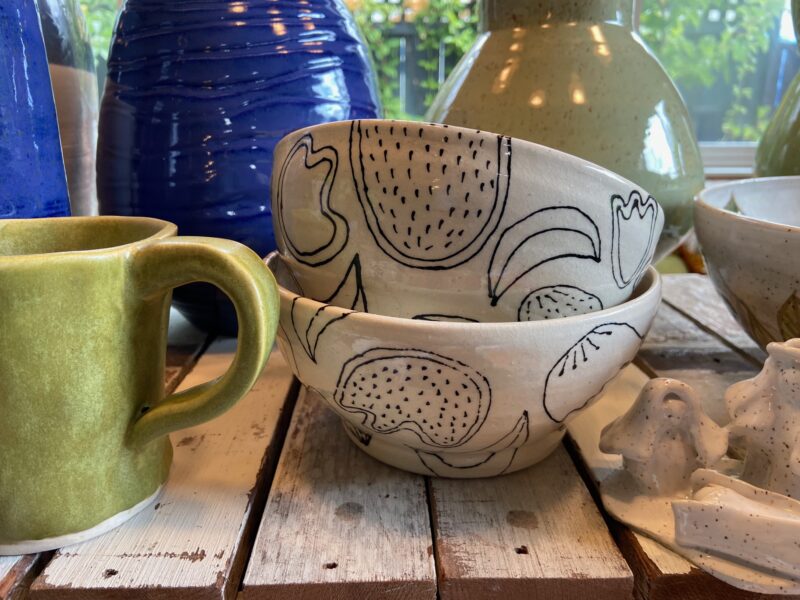
Untitled Cloth, LLC About: “Mother and daughter creating heirloom, one of a kind pieces to fill your home with color and joy! There’s a unique piece for every age. We’re excited to share our work with you!” -Judy & Claire Instagram: @potteryby_judy Untitled Cloth, LLC will be at the Holiday Arts Festival from 10am to […]
The Xocolate Bar
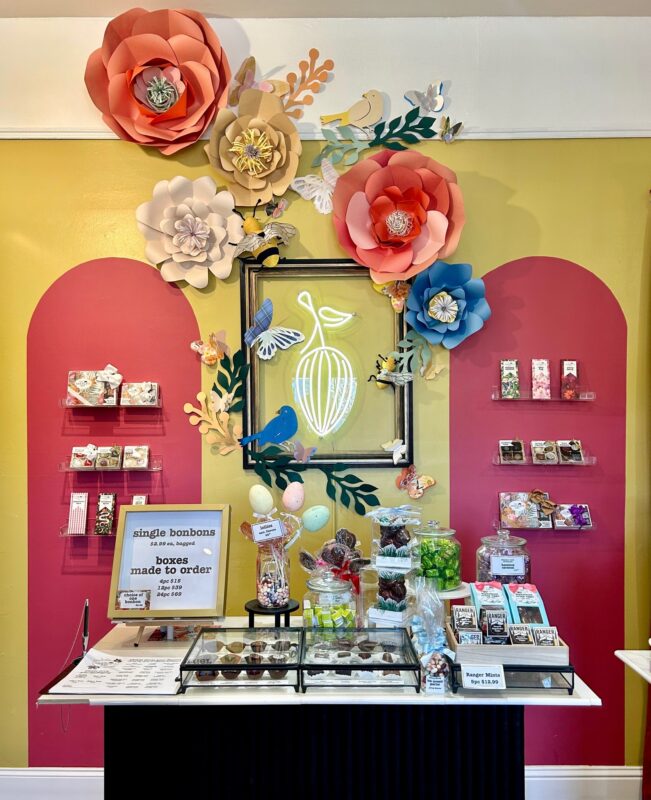
The Xocolate Bar About: The Xocolate Bar is a Latina-owned family business founded in 2006 by life partners Malena Lopez-Maggi and Clive Brown. With backgrounds in arts and crafts, we make creative chocolates that are as beautiful as they are delicious. Website: www.thexocolatebar.com The Xocolate Bar will be at the Holiday Arts Festival from 10am […]
The Weekend Store
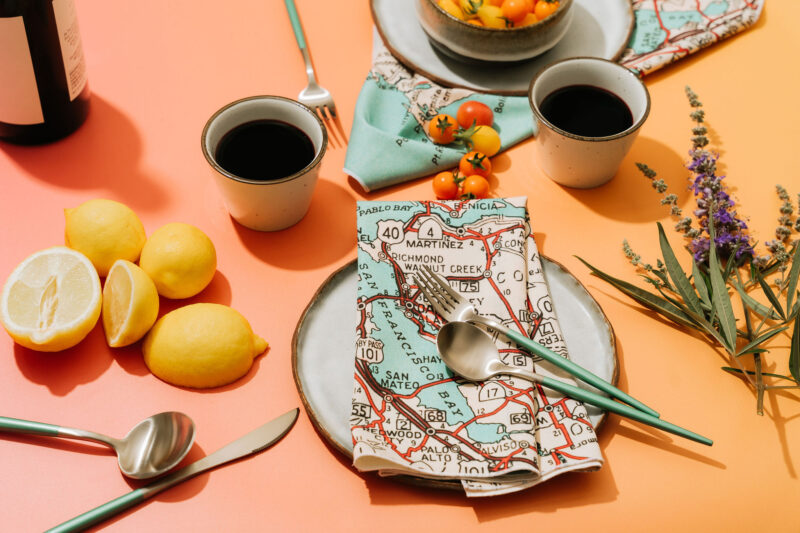
The Weekend Store About: The Weekend Store was born from a deep desire to provide not just a good gift, but the perfect gift. We make fun, thoughtful gifts for writers, travelers, and other interesting people using vintage maps, feminist iconography and pop culture frippery. Website: www.theweekendstore.com The Weekend Store will be at the Holiday […]
The Latina Center
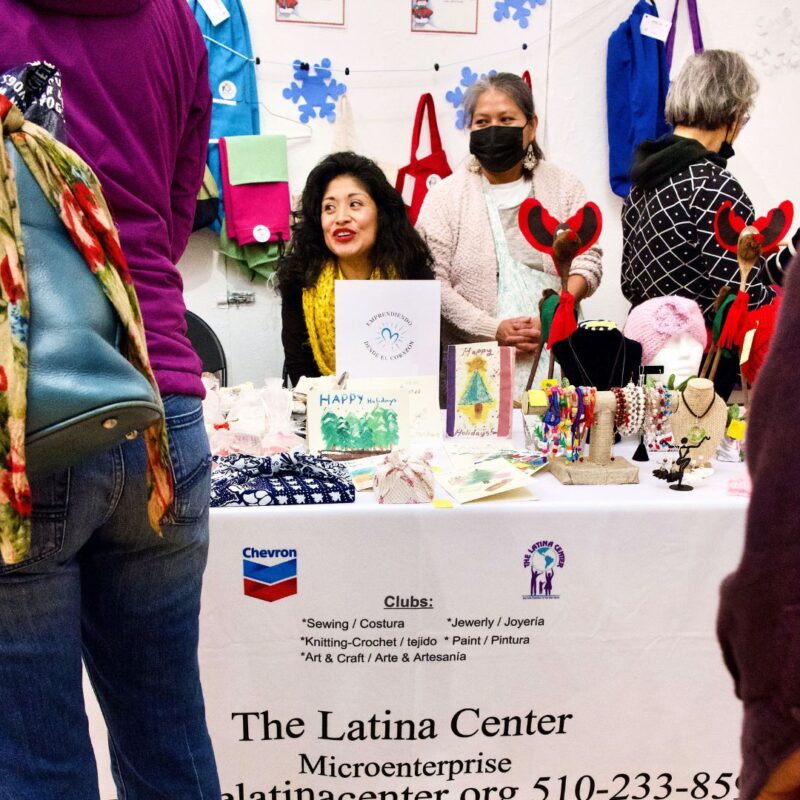
The Latina Center About: The Latina Center’s mission is to improve the quality of life and health of the Latino community by providing leadership and personal development opportunities for all Latinas. Website: thelatinacenter.org The Latina Center will be at the Holiday Arts Festival from 10am to 5pm on Sunday, December 3 at Richmond Art Center, […]
Skincare by Feleciai
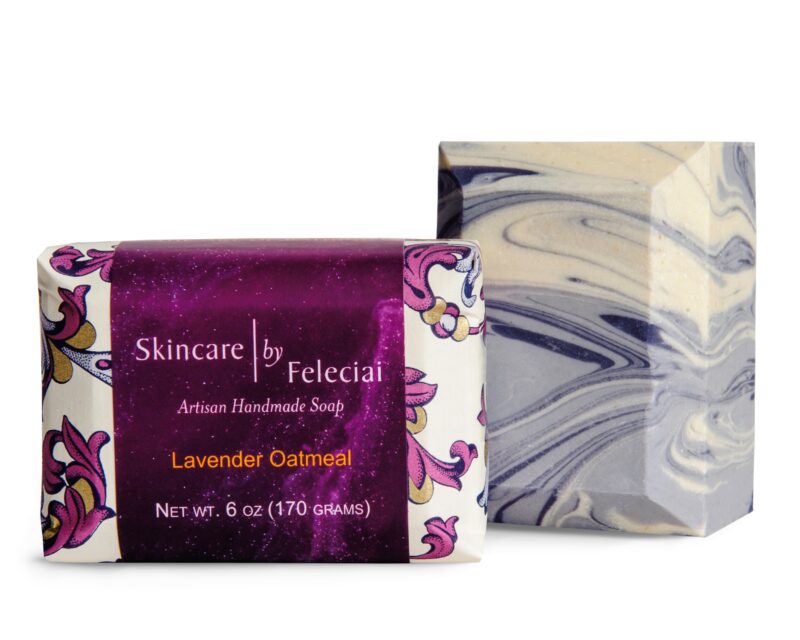
Skincare by Feleciai About: Skincare by Feleciai is woman owned business launched 2009 in Oakland, CA. All natural, handmade products for individuals who suffer from dry, sensitive skin. Made with organic ingredients including shea butter, coco butter, and essential oils. Website: www.skincarebyfeleciai.com Skincare by Feleciai will be at the Holiday Arts Festival from 10am to […]
Shrine Jewelry
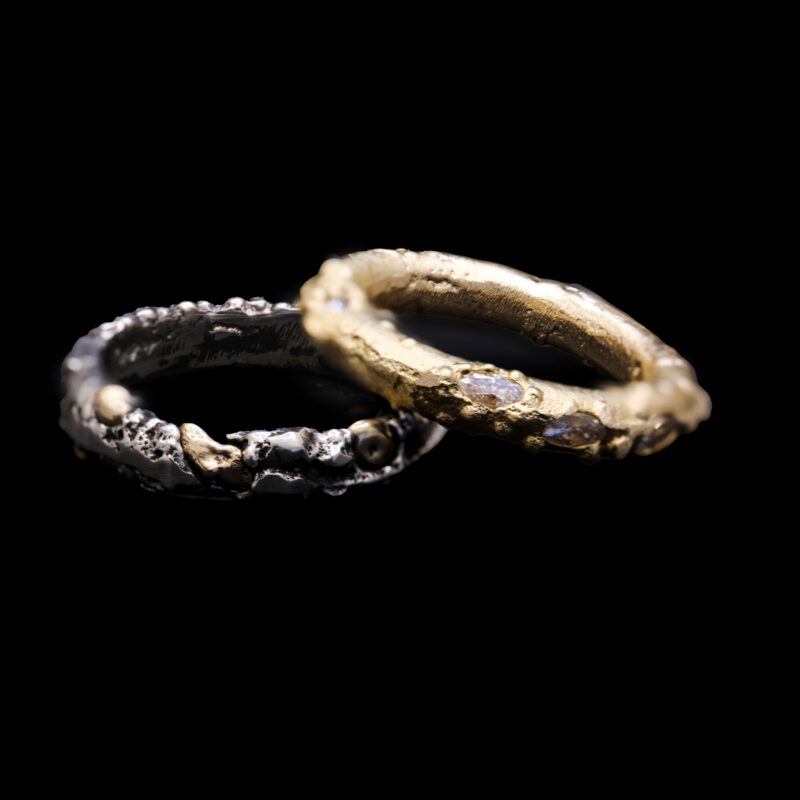
Shrine Jewelry About: Shrine Jewelry is a line of eco-conscious, intentional jewelry that celebrates the power of self-care and personal empowerment. Each piece is designed to inspire you to connect with your innermost power and strength, helping you navigate your world. Website: shrinejewelry.com Shrine Jewelry will be at the Holiday Arts Festival from 10am to […]
S.Beaubrun
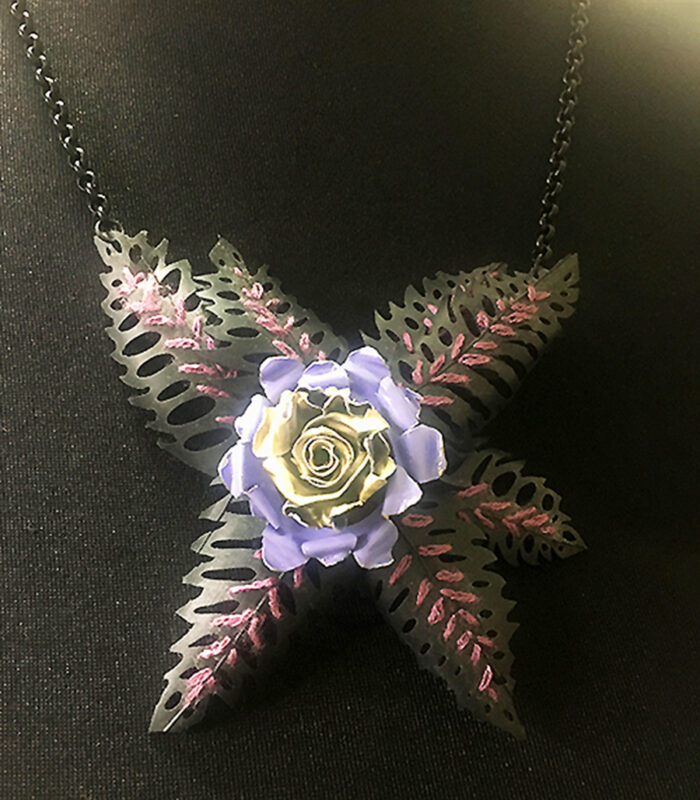
S.Beaubrun About: You will be sure to find something eclectic and unique when perusing my work. Every piece is lovingly designed and crafted by hand in my home studio in Oakland. Website: www.sbeaubrun.com S.Beaubrun will be at the Holiday Arts Festival from 10am to 5pm on Sunday, December 3 at Richmond Art Center, 2540 Barrett […]
